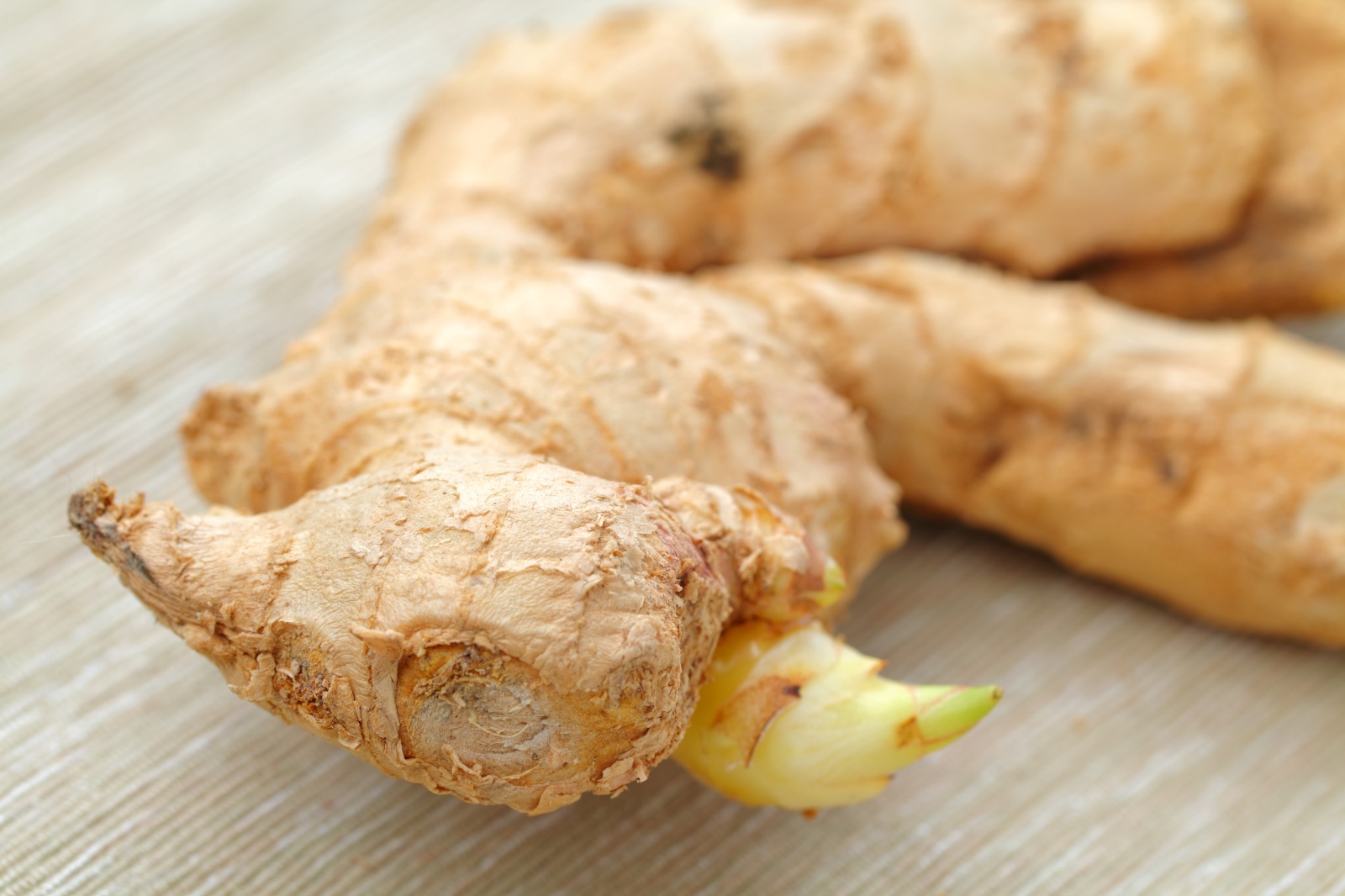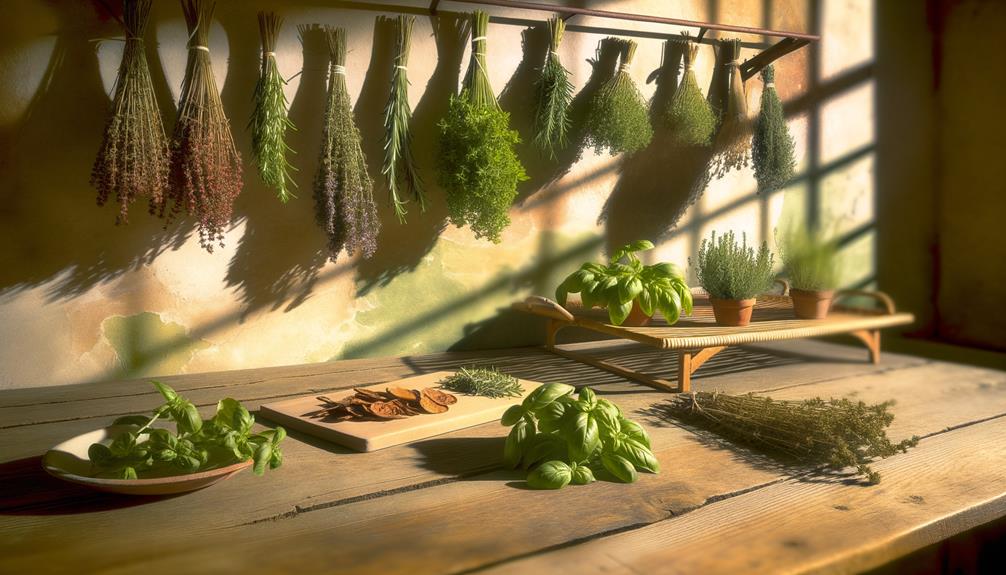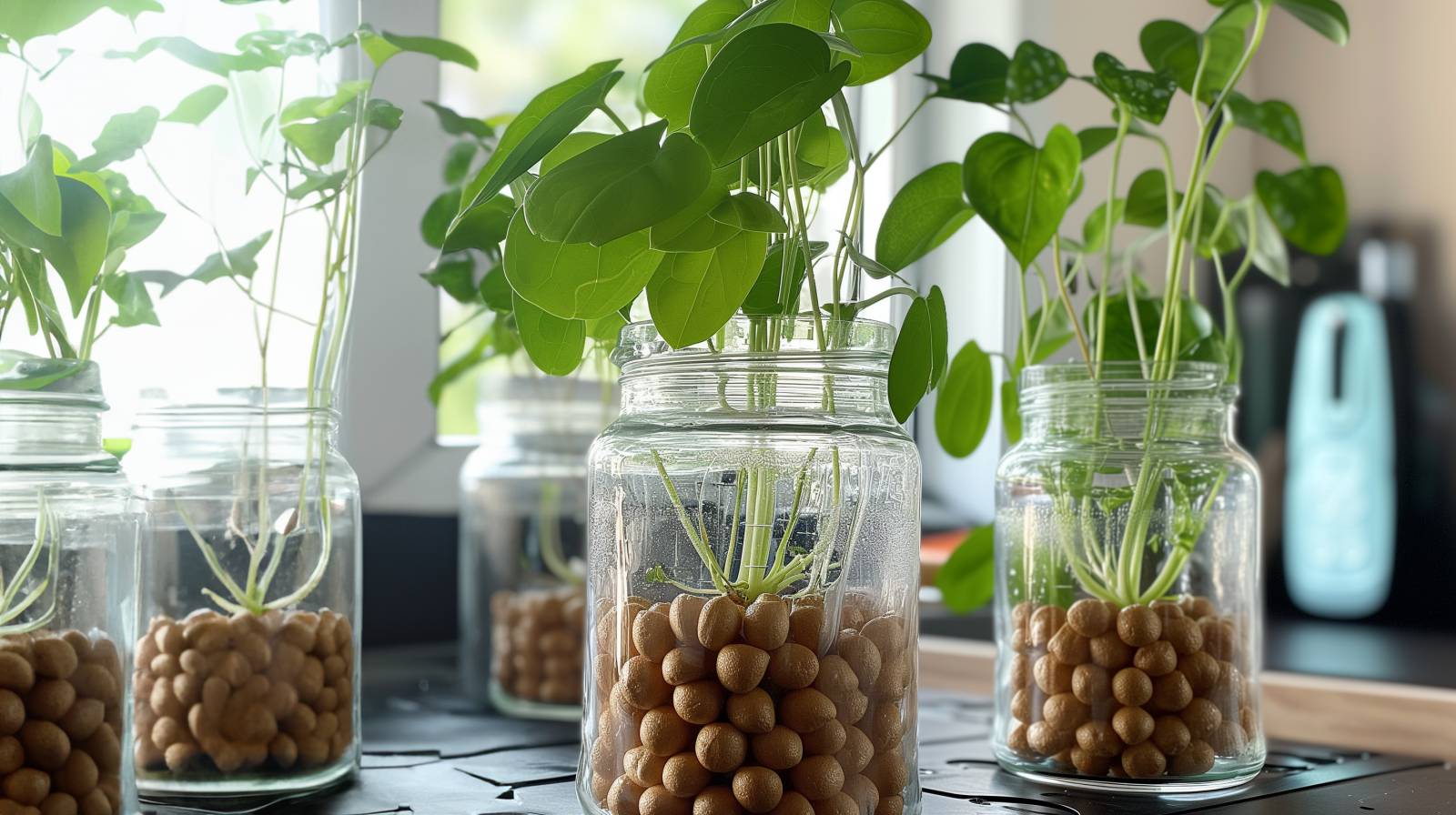Ginger, one of the most widely cultivated crops in the world, is not only a popular spice but also a versatile ingredient in many culinary applications. In this article, we’ll explore the secrets of growing ginger in containers, allowing you to enjoy a bountiful harvest from your very own garden.
Table of Contents
ToggleUnderstanding Ginger’s Growth
Contrary to popular belief, the part of ginger we harvest and consume is not a root but a rhizome—a modified underground stem. When planting ginger in a container, we use a rhizome, which can be easily found in grocery stores. Look for rhizomes with “eyes” or small sprouts, as these are ideal for planting. Larger rhizome chunks will produce more sprouts and result in a quicker harvest.
How to Grow Ginger in Containers
Choosing the Right Container and Soil
Ginger rhizomes grow horizontally, which means a wide, shallow container is more suitable than a narrow, deep one. Using a high-quality potting mix that’s rich in organic matter and loose enough for the rhizome to expand is crucial for successful growth.

Planting Your Ginger Rhizome
While pre-sprouting your ginger in a bowl of water is an option, it’s not necessary. You can plant the rhizome directly into the soil, covering it with about half an inch to three-quarters of an inch of soil. Then, water it gently—enough for the ginger to know it’s time to grow roots and shoots.
Creating the Ideal Growing Environment
Since ginger originates from Southeast Asia, it thrives in a tropical climate with plenty of heat, humidity, and moisture. Starting your ginger indoors during the spring and moving it outdoors once sprouts appear is a great approach, especially if you live in a colder climate. Be sure to place the container in a warm, sheltered location that receives indirect sunlight, as ginger prefers partial shade. If you live in a region with harsh winters, you can bring the container indoors during the colder months.
Watering and Feeding Your Ginger Plant
Proper watering is crucial for ginger’s growth. Keep the soil consistently moist but not waterlogged, as overly wet conditions can cause the rhizome to rot. A well-draining container will help prevent this issue. In general, watering once every two to three days is sufficient, but adjust the frequency depending on your climate and the moisture retention of your soil.
Feeding your ginger plant with a balanced, organic fertilizer every three to four weeks will encourage optimal growth. Be cautious not to over-fertilize, as this can lead to excessive leafy growth at the expense of rhizome development.
Pest and Disease Management
Ginger is relatively resistant to pests and diseases when grown in containers. However, it’s crucial to monitor your plant for any signs of infestation or illness. Common pests that may target ginger include aphids, spider mites, and root-knot nematodes. Neem oil or insecticidal soap can be used to manage these pests if they become a problem.
Harvesting Your Ginger
Ginger plants generally take about eight to ten months to reach maturity, depending on the growing conditions. The leaves of the plant will start to yellow and die back, signaling that it’s time to harvest. Gently loosen the soil around the rhizome and carefully extract it from the ground or container. Be mindful not to damage the rhizome during this process, as it can be quite delicate.
Once you’ve harvested the ginger, wash it thoroughly to remove any residual soil. You can then use a sharp knife to cut off the desired amount of ginger for your culinary needs, making sure to leave some of the rhizome intact for future growth. If you plan to replant the remaining rhizome, allow it to rest for a day or two in a cool, dry place before planting it back into the soil.
Storing Fresh Ginger
To store fresh ginger, wrap the unpeeled rhizome in a paper towel and place it in an airtight container or resealable plastic bag. Store the ginger in the crisper drawer of your refrigerator, where it will remain fresh for up to three weeks. If you need to store ginger for an extended period, consider freezing it. To do so, simply peel the ginger and cut it into small pieces, then place the pieces in an airtight container or freezer bag and store them in the freezer for up to six months.
Things To Buy
There are a few things that you can pick up to make things easier:
Containers
- Fabric pots: These allow for better aeration and drainage, promoting healthy root growth. Budget: $10-$25 for a set of 5.
- Plastic pots: Durable and lightweight, they come in various sizes to accommodate ginger’s growing needs. Budget: $5-$15 each.
Soil
- Organic potting mix: Provides essential nutrients and allows for proper drainage. Budget: $10-$20 for a large bag.
- Coco coir: An eco-friendly alternative to peat moss, it helps retain moisture and provides aeration. Budget: $15-$30 for a large block.
Watering solutions
- Watering can: A simple solution for evenly distributing water. Budget: $10-$25.
- Drip irrigation system: Provides consistent moisture to plants without overwatering, suitable for larger gardens. Budget: $25-$100, depending on the system’s complexity.
Pest control
- Neem oil: A natural pesticide that effectively controls pests like aphids and spider mites. Budget: $10-$20 for a small bottle.
- Diatomaceous earth: A natural, non-toxic powder that helps control crawling pests. Budget: $10-$20 for a small bag.
- Insecticidal soap: A safe, eco-friendly solution for eliminating pests like aphids, mealybugs, and whiteflies. Budget: $10-$20 for a spray bottle.
Solutions for storing harvested ginger
- Glass jars: Airtight containers that help preserve the freshness of ginger. Budget: $10-$20 for a set of 3-5 jars.
- Reusable silicone bags: A sustainable option for storing ginger in the fridge or freezer. Budget: $10-$25 for a set of 3-5 bags.
- Vacuum sealer: Extends the shelf life of ginger by removing air from storage bags. Budget: $50-$150, depending on the model and features.
By investing in these products, home gardeners can ensure a successful ginger harvest and enjoy the many benefits of this versatile plant. Growing ginger at home is a rewarding and relatively easy endeavor. With the proper care and attention, you can enjoy the delightful taste and health benefits of fresh, homegrown ginger in your favorite dishes. Just remember to be patient, as ginger takes time to mature, but the end result is well worth the wait.









